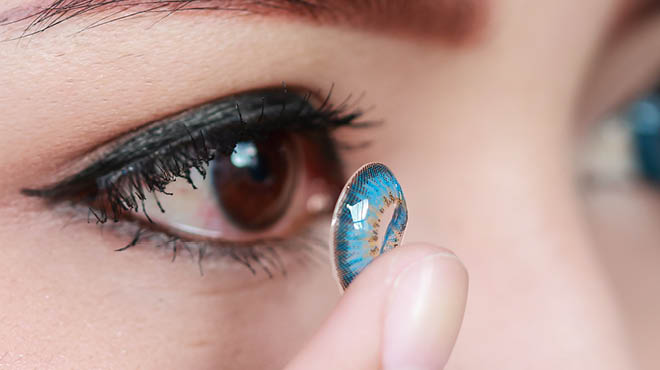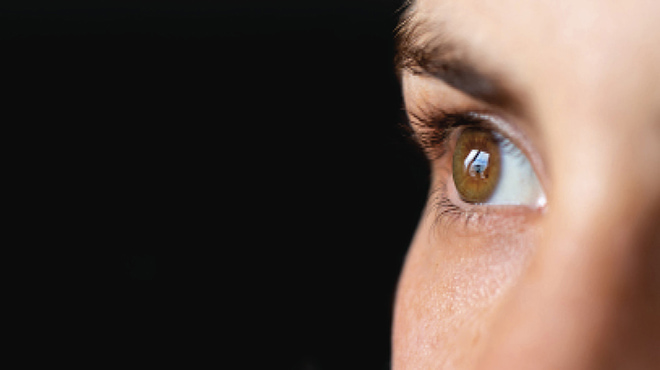Recent Posts
Eye pain: Taking the sting out of a stye

Have you ever awoken to discover a red, painful lump near the edge of your eyelid? This lump, which may look like a pimple or boil filled with pus, is called a stye.
A stye usually forms on the outside of the eyelid but also could form on the inner part of the eyelid. It often is painful, causes your eyelid to swell and leads to significant concern.
What is a stye?
A stye, also called a hordeolum, is the bacterial infection in one or more small glands of the eyelids. Some sties form on the inside of the eyelid and are called internal hordeolum. Meibomian glands in your eyelids naturally release an oil essential to the tears in your eyes. If these glands become blocked, bacteria can grow. Eyelids have naturally occurring bacteria to keep the eyes healthy. A stye can form if you have an overgrowth of bacteria at the same time as blocked glands.
Sties are quite common and affect people of all ages, regardless of sex. People who have dry eyes or eyelid disease are more prone to sties. Other risk factors include wearing contact lenses or using expired makeup.
What is the treatment for a stye?
In most cases, a small sty doesn't require specific treatment and will away on its own within a week. Applying a warm washcloth on your closed eyelid for five to 10 minutes several times a day can help with pain and swelling, as well as allowing those blocked glands to better express.
Take care to keep your eye area clean, and don't use contact lenses or makeup during this time. Wash your hands often when touching the area around your eye. Don't try to pop or squeeze the pus from a stye. Doing so can cause the infection to spread or worsen scar formation.
When is a stye cause for concern?
Most sties go away without treatment or evaluation. However, if you have recurring, or medium or large sties, you may need further evaluation and treatment by a healthcare professional.
If you have redness and swelling that involve the entire eyelid or extend into your cheek or other parts of you face, you should seek urgent medical attention.
Nitika Arora, M.B.B.S., is an ophthalmologist in La Crosse, Wisconsin.




